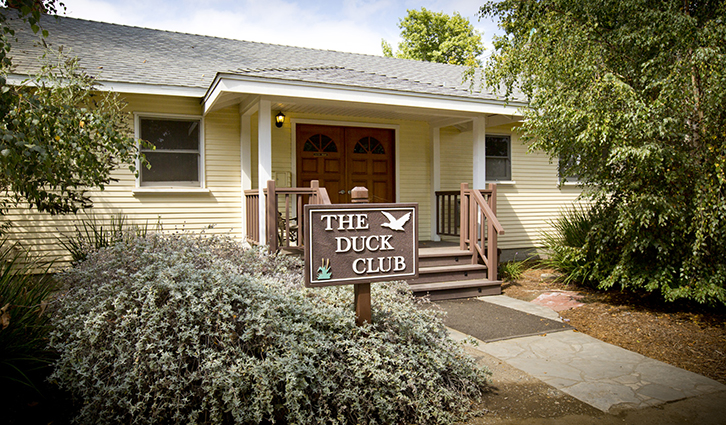Backflow Prevention
IRWD is committed to delivering safe, high quality water to customers. Our extensive water quality program operates 24 hours a day, 365 days a year, to ensure that the water delivered to our customers is kept free from harmful contaminants. An important part of our water quality program is the backflow prevention program. When a water line is connected to equipment containing a nonpotable substance, this is known as a cross-connection. Contamination may occur when water flows through a cross-connection from a nonpotable source, such as a sprinkler system or heating and cooling system, into the potable water system. This can happen through a process known as backflow.
There are more than 17,000 backflow prevention assemblies on water services in our service area. The California Department of Health Services requires each of these assemblies to be tested annually. This testing is done by backflow assembly testers approved by the Orange County Health Care Agency. A list of the certified testers is available online. To speak with an IRWD cross-connection and backflow prevention expert, please call 949-453-5761.
Backflow is water flowing in the opposite direction from its normal flow. IRWD's potable water system is designed to keep the water flowing to you. When hydraulic conditions within any water system deviate from "normal," the direction of water flow can be reversed. This creates a backflow condition and the potential for contaminated water entering the potable water distribution system.
There are 2 ways backflow can occur
|
Backsiphonage can occur when there is a sudden reduction in the water pressure of the distribution system, such as during fire fighting or when a water main breaks. At these occurances, water flow can be reversed. This reversal can create a suction effect and draw potential contaminants into the potable (drinking) water system.
Backpressure is created when pressure in a water system exceeds the pressure in the potable system providing the make-up water. This can force the potable water to reverse its direction of flow through the cross-connection between the two systems. Potential contaminants can then enter the potable water system.
Things you can do to prevent backflow:
|
- Be aware of and eliminate cross-connections.
- Maintain air gaps. Do not submerge hoses or place them where they could become submerged.
- Use hose bibb vacuum breakers on fixtures (hose connections in the basement, laundry room and outside).
- Install approved, testable backflow prevention assemblies on lawn irrigation systems.
- Install an approved, testable backflow prevention assembly at your home's water service connection.
- Do not create a connection between an auxiliary water system (well, cistern, body of water) and the water supply plumbing.
IRWD recognizes five methods of backflow prevention:
|
IRWD determines which type of backflow prevention is required based on the degree of hazard that your property presents to the potable water system.
- Air gap
- Double check valve assemply
- Reduced pressure principal assemble
- Pressure vacuum breaker assembly
- Anti-siphon vacuum breaker
What is a backflow prevention assembly?
|
A backflow prevention assembly is an approved, testable assembly which uses check valves and/or relief valves, in different configurations, to prevent potential contaminants for flowing into the potable (drinking) water system.
An approved backflow prevention assembly has gone through an approval process at the Foundation for Hydraulic Research and Cross-Connection Control at the University of Southern California. This is a two-step process of laboratory tests and a 12-month field test. Only assemblies successfully completing the entire testing procedure are recognized by IRWD as approved backflow prevention assemblies.
Who is required to have a backflow prevention assembly?
|
Federal and State law requires that water suppliers protect their water systems from contamination. When a determination is made by IRWD that the potable (drinking) water system may be subject to contamination through a backflow condition, the customer will be notified and required to install an approved backflow prevention assembly. IRWD makes these decisions based on a case-by-case basis. Residential, commercial and industrial customers demonstrating a high potential for contaminants to enter the potable water system must install and maintain backflow prevention assemblies.








